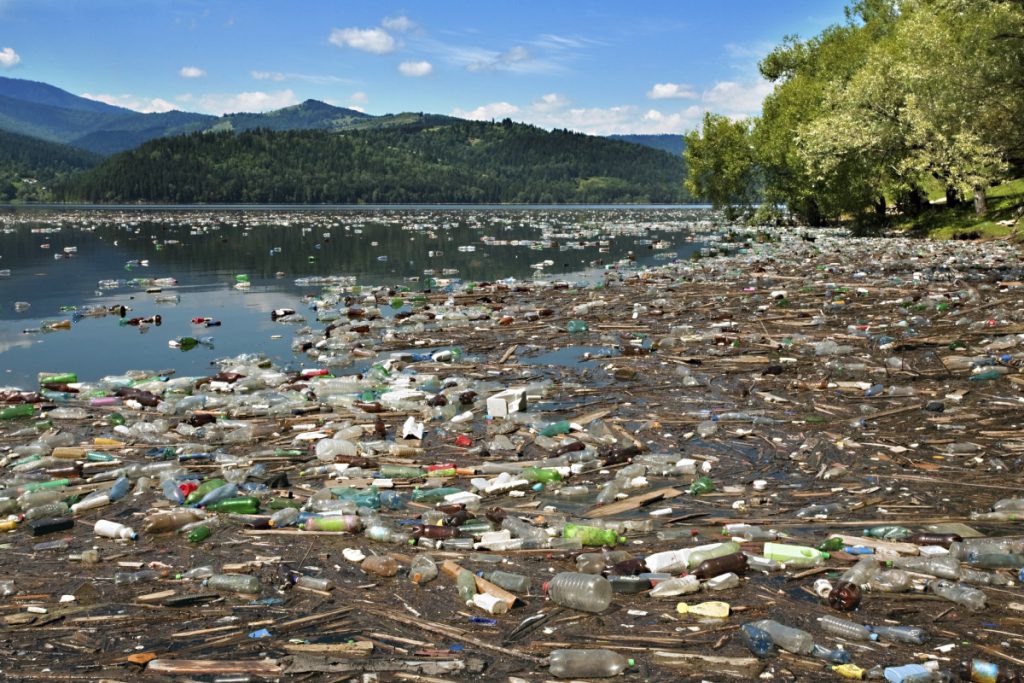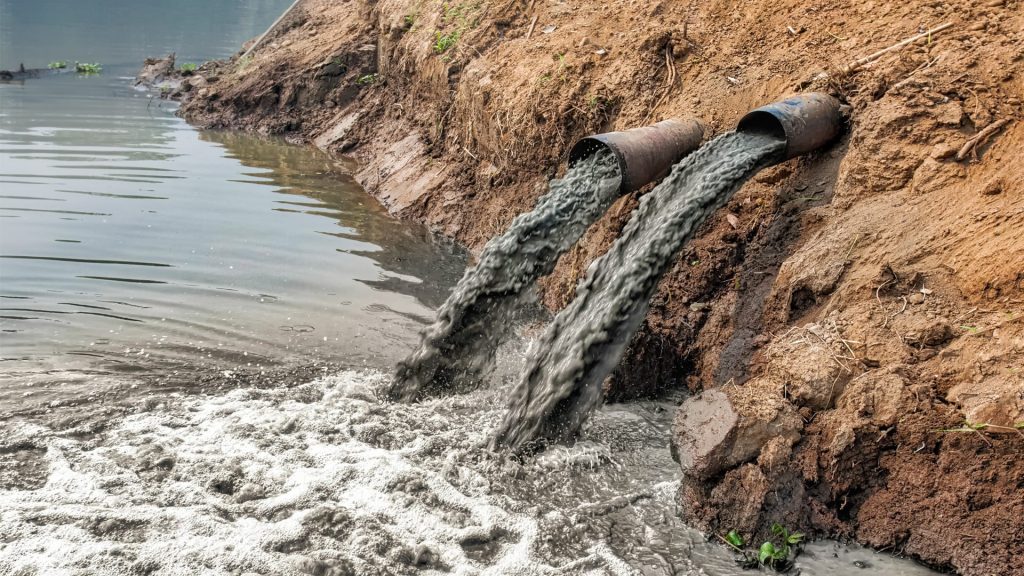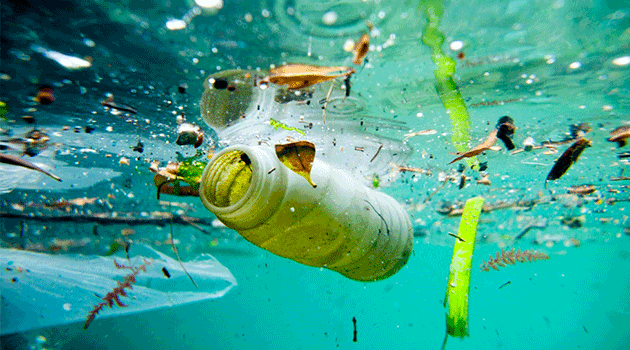Potential Well Water Contaminants and Their Impacts
Drinking water can expose people to a variety of harmful pollutants and pathogens. Public water systems use water treatment and monitoring to protect consumers from such contaminants. Generally, private wells do not receive the same services that wells supplying the public do. Well owners are responsible for protecting their drinking water. To do so, a well owner must be aware of their well’s potential for contamination and the possible health effects those potential contaminants can have.

Potential Sources
Private wells can be contaminated by both naturally occurring sources and by human activities. The following are commonly found contaminants, their sources, and their possible human health impacts.
- Microorganisms include bacteria, viruses, and parasites. They can be found all over the surface of our planet and are found in human sewage and animal waste. People that consume drinking water containing microorganisms can experience gastrointestinal illnesses and infections. Water run-off from rainfall or snow-melt can contaminate private wells by washing microorganisms into the well system or seeping underground. Leakage of waste from underground storage tanks and effluent from septic leach fields can reach a water source and result in microorganisms being present in water wells.
- Nitrate and nitrite are present in chemical fertilizers, human sewage, and animal waste and fertilizers. They can contaminate a private well through groundwater movement and surface water seepage and water run-off. Once taken into the body, nitrates are converted into nitrites. High levels of nitrate and nitrite are most serious for infants. High levels of nitrate/nitrite in drinking water can cause methemoglobinemia or “blue baby syndrome”. These substances reduce the blood’s ability to carry oxygen. This acute condition can occur rapidly over a period of days. Symptoms include shortness of breath and blueness of the skin. Infants below six months who drink water with high levels of nitrate can become seriously ill and die.
- Heavy metals can leach into drinking water from household plumbing and service lines, mining operations, petroleum refineries, electronics manufacturers, municipal waste disposal, cement plants, and natural mineral deposits. Heavy metals include: arsenic, antimony, cadmium, chromium, copper, lead, selenium and many more. Heavy metals can contaminate private wells through groundwater movement and surface water seepage and run-off. People that consume high levels of heavy metals risk acute and chronic toxicity, liver, kidney, and intestinal damage, anemia, and cancer.
- Organic chemicals are found in many house-hold products and are used widely in agriculture and industry. They can be found in inks, dyes, pesticides, paints, pharmaceuticals, solvents, petroleum products, sealants, and disinfectants. Organic chemicals can enter ground water and contaminate private wells through waste disposal, spills, and surface water run-off. People that consume high levels of organic chemicals may suffer from damage to their kidneys, liver, circulatory system, nervous system, and reproductive system.
- Radionuclides are radioactive forms of elements such as uranium and radium. They are harmful to humans and can be released into the environment from uranium mining and milling, coal mining, and nuclear power production. Radionuclides may also be naturally present in ground water in some areas. Radionuclides can contaminate private wells through groundwater flow, waste water seepage and flooding. Drinking water with radionuclides can cause toxic kidney effects and increase the risk of cancer.
- Fluoride can be present in many aquifers and can be found in private wells. Fluoride can be helpful in preventing tooth decay. However, excessive consumption of fluoride can cause skeletal fluorosis, a condition characterized by pain and tenderness of bones and joints. Excess consumption of fluoride during formative period of tooth enamel may cause dental fluorosis, tooth discoloration and/or pitting of teeth.


